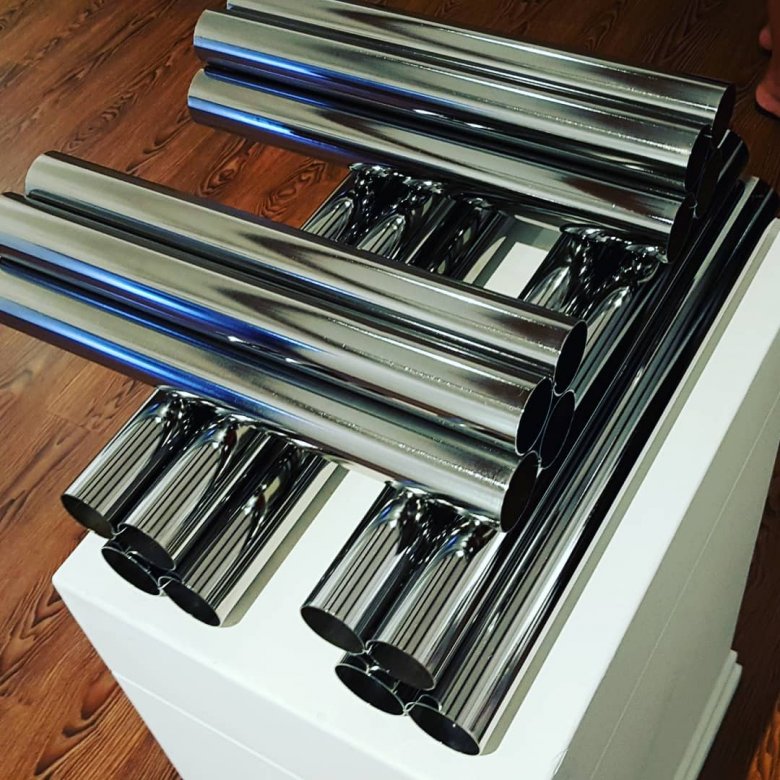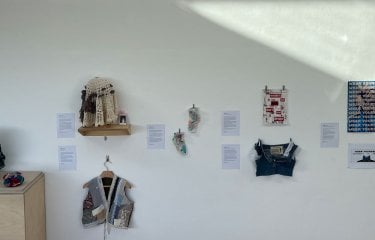5 things you need to know about the Arte Povera movement
17 March 2022

MA Fine Art (Online) student Spencer Hogg tells us about an art movement which inspired him to begin his own creative journey.
“In 2012 I chanced upon a retrospective exhibition of the works of Alighiero Boetti at MoMA in New York.
Boetti was one of the key artists of the Arte Povera movement that originated in Italy in the late 1960s. The material diversity, conceptual complexity and visual beauty of Boetti’s works – and in particular his objects Legnetti Colorati and Cubo – resonated with me, and inspired me to start creating art.
In the ten years that followed I developed my own art practice, drawing on key elements of the Arte Povera movement with the use of commonplace materials that I repurposed within my works. I enrolled on Falmouth’s MA Fine Art (Online) course in January this year, and it has been an exciting and interesting eight weeks of learning and making so far. I am starting to challenge and think more critically about my practice and the responsibilities an artist has in their choices of materials and symbolism.
So, I thought I’d share five things you need to know about my inspiration: the Arte Povera movement.
1) Arte Povera’s literal translation is “poor” or “impoverished” art. The movement was material and process-driven, using commonplace or discarded materials often arranged and represented without alteration. Materials used by the Arte Povera artists included soil, rags, twigs and polystyrene. The artists used these materials to challenge and disrupt the values of the commercialised contemporary gallery system.
2) Arte Povera artists reacted against the modernist, abstract paintings that had dominated European art in the 1950s. They distinguished themselves by focusing on sculptural work rather than painting. The group also rejected American Minimalism, and in particular what they perceived as its enthusiasm for technology and dominance over the art world.
3) The term Arte Povera was introduced by the Italian art critic and curator, Germano Celant, in 1967. Celant recognised the reaction of the movement in making art without the restraints of traditional practices and materials.
4) Leading artists of the Arte Povera movement were Giovanni Anselmo, Alighiero Boetti, Pier Paolo Calzolari, Luciano Fabro, Piero Gilardi, Jannis Kounellis, Mario Merz, Marisa Merz, Giulio Paolini, Pino Pascali, Giuseppe Penone, Michelangelo Pistoletto, Emilio Prini and Gilberto Zorio.
5) The Arte Povera movement was at its peak between 1967–1972. Another artist movement that was similar was the Japanese Mono-ha group that focused on material rather than technological modernism. Arte Povera influence can still be seen today in the works of contemporary artists such as the Brazilian artist Alexandre da Cunha. da Cunha takes concrete mixers, mops, wheelbarrows, and other "poor" materials and transforms them into elegant sculptures. The object’s original design and function are rarely disguised. His work Kentucky (drop II) could be mistaken for a tapestry, when in fact it is multiple mop heads hung as an installation."
If you’re interested in developing a sustainable art practice, then our online master’s degree in Fine Art offers expert mentoring, workshops and guest lectures to help you to grow as a professional artist.








